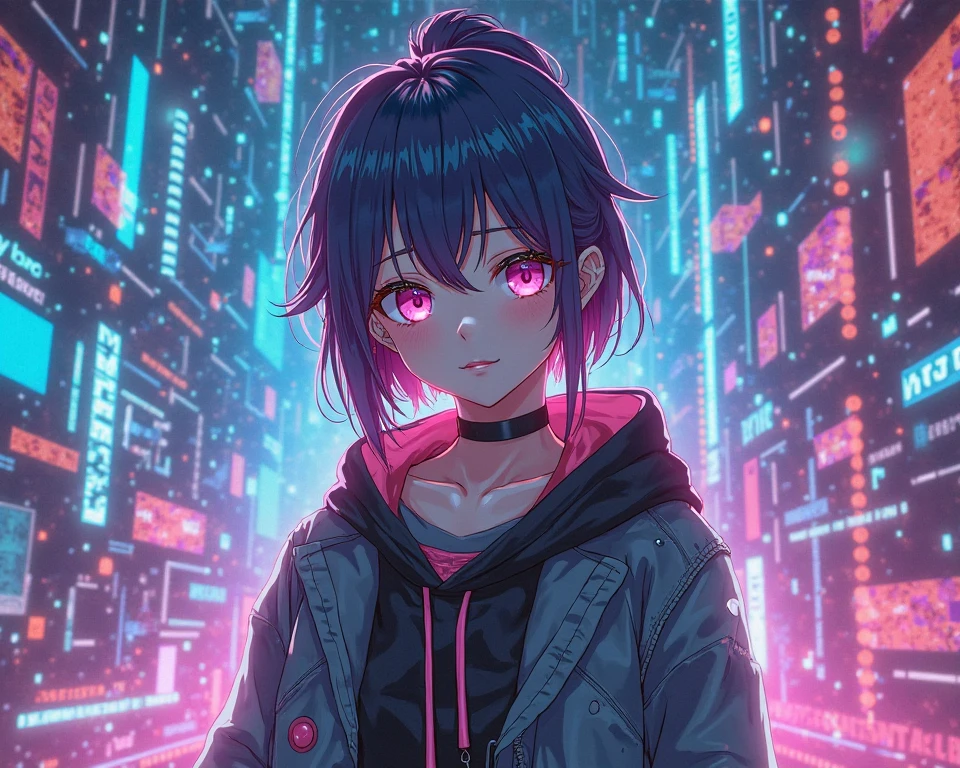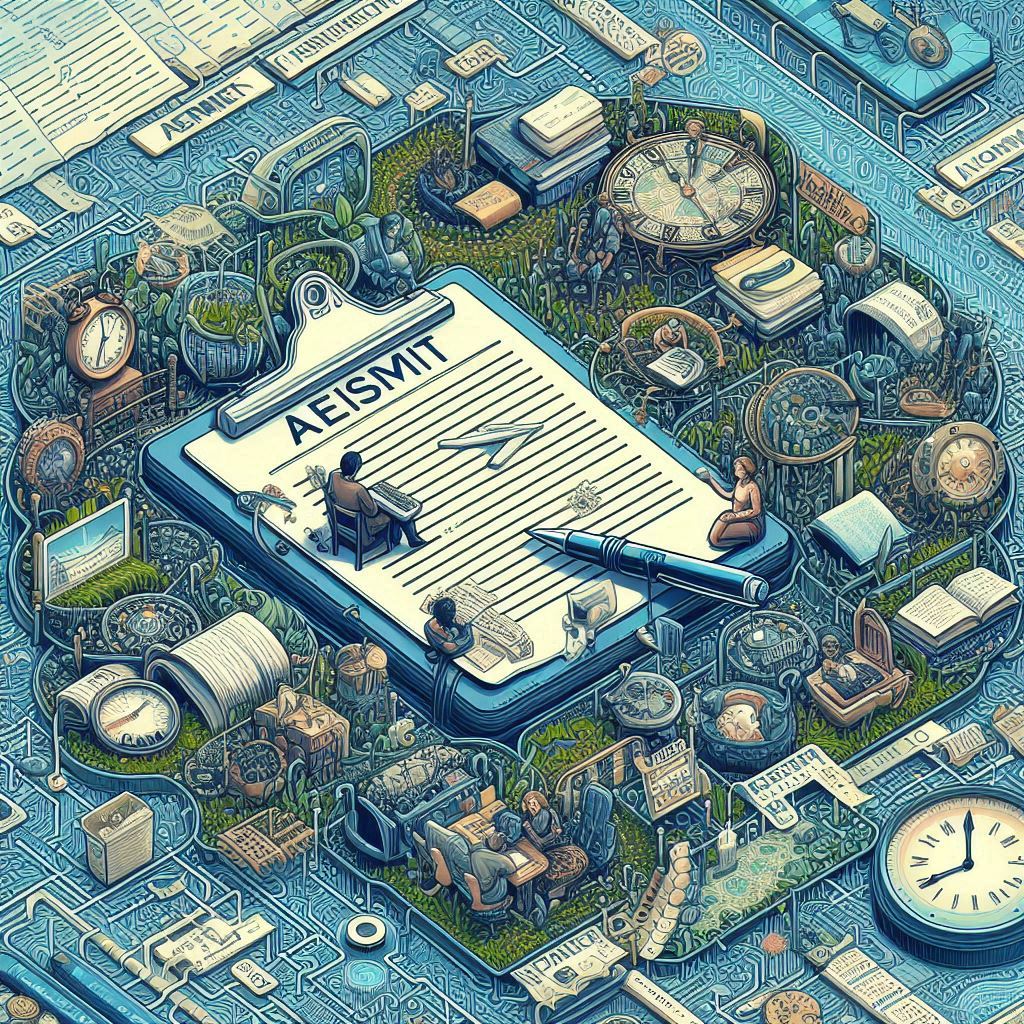1. Introduction: What Is Animeidhen?
The term “Animeidhen“ creatively fuses two powerful concepts: Anime, the globally celebrated Japanese animation artform, and Idhen, which resembles “identity” in phonetic or cultural roots (possibly South Asian). It suggests a modern evolution in how anime is consumed, interpreted, and reimagined through personal and cultural identity lenses.
In today’s hyper-connected digital landscape, fans no longer just consume anime passively. They engage, remix, localize, and reinterpret content to fit their cultural background, beliefs, and languages. Animeidhen is not just a term — it’s a movement that celebrates the personalization of anime through cultural context, especially within regions like South Asia, Africa, and Latin America where anime is growing rapidly.
This concept reflects how fandom culture is transforming. Rather than watching anime “as is,” audiences infuse their identities into characters, cosplay with regional clothing, dub anime in local dialects, or create fan art inspired by indigenous traditions. Animeidhen represents a deeper fusion — a mirror of global narratives blended with local soul.
2. The Evolution of Anime in Global and Local Contexts
Anime’s journey from post-war Japan to a global cultural force is a remarkable tale. From the early days of Astro Boy and Speed Racer in the 1960s to the blockbuster appeal of Naruto, Attack on Titan, and Demon Slayer, anime has captivated audiences far beyond its homeland. Its ability to blend complex storylines, unique animation styles, and profound emotional resonance gave it universal appeal.
However, the past decade marks a significant shift: the audience is no longer content with just global hits. Today’s consumers seek personal resonance, often aligning with anime that reflects their values, struggles, and linguistic or social backgrounds. Platforms like Crunchyroll, Netflix, and Muse Asia are now experimenting with regional dubs, subtitles, and even curated selections based on country or language.
Local fan groups and online communities are actively reshaping the ecosystem. They translate lesser-known series, create fan art with localized symbolism, and even produce original anime-inspired content. This localization and personalization of anime signals the rise of Animeidhen — an era where identity leads storytelling choices.
3. Animeidhen as a Cultural Mirror: Identity, Language, and Storytelling
Animeidhen thrives as a cultural mirror, reflecting personal and community identities back through the lens of anime. This is especially potent in non-Japanese countries where anime is received not just as entertainment but as a form of self-expression and cultural dialogue.
For instance, Indian fans may see parallels between the honor-driven samurai stories and their own epics like the Mahabharata, or African fans may connect emotionally with narratives of resilience seen in Naruto or One Piece. Language also plays a pivotal role: dubbed anime in Tamil, Arabic, Tagalog, or Swahili gives a new life and deeper intimacy to these stories.
Fan-sub groups — volunteer collectives that translate and subtitle anime before it’s officially available — further emphasize this point. Their existence shows how language and cultural context are integral to modern fandom. Animeidhen, in this way, isn’t just about what anime is — it’s about how anime is lived, adapted, and emotionally rooted in identity.
4. Platforms Powering the Animeidhen Movement
A key part of the Animeidhen phenomenon is the platforms and communities that make localized anime experiences possible. Digital hubs such as Muse Asia, Ani-One, Crunchyroll, and even YouTube fan-channels have become conduits for cultural reinterpretation.
Muse Asia, for example, offers legal anime streaming with multiple language subtitles across South Asia and Southeast Asia. Fan-based websites and social media groups are also instrumental — with translation collectives, fan-fiction hubs, and digital artist circles producing and distributing identity-driven anime content at scale.
In parallel, decentralized art platforms like DeviantArt, Pixiv, and even NFT-backed anime projects are allowing creators to showcase anime works infused with local themes — African tribal aesthetics, South Asian mythology, Caribbean folklore — reimagined in anime format. These platforms power a bottom-up anime movement, rooted in individuality and culture: the very heart of Animeidhen.
5. The Role of Creators and Cosplayers in Shaping Animeidhen
One of the strongest engines of Animeidhen is fan-driven reinterpretation — especially from creators and cosplayers. These cultural architects take anime and blend it with their native traditions, attire, and styles to create something strikingly original.
Consider cosplayers in Indonesia who fuse hijabs with Sailor Moon aesthetics, or African artists who redraw anime characters in traditional beadwork and kente patterns. Indian anime artists increasingly reimagine anime tropes within the framework of Hindu epics, regional festivals, or Bollywood-inspired storytelling.
This level of cross-cultural innovation is key to Animeidhen’s growth. It not only makes anime more inclusive and accessible but also opens a two-way street where local identity influences global anime trends. Cosplay, fan comics (doujinshi), and original anime-themed content rooted in regional cultures are breaking the walls of conventional anime fandom — welcoming everyone to be both a fan and a storyteller.
6. Challenges and Criticism: Purism vs. Personalization
With every wave of innovation comes resistance — and Animeidhen is no exception. Traditionalists or anime purists often criticize hyper-localized or hybrid content, arguing that such personalization distorts the original intent of anime creators.
There are ongoing debates about cultural appropriation versus adaptation. For example, when non-Japanese fans reinterpret anime characters through their own cultural lens, some purists see it as a dilution. However, others view it as a celebration of anime’s universality.
The challenge lies in striking a balance between honoring the authenticity of Japanese anime while allowing fans the freedom to make it personally meaningful. Animeidhen walks this tightrope, promoting a pluralistic view of fandom that encourages respect for roots while celebrating identity-rich storytelling.
7. Future of Animeidhen: A New Genre or Global Trend?
As Animeidhen gains traction, the question arises: Is this a temporary trend or the beginning of a new sub-genre in the anime world? With fan-driven movements influencing production decisions, anime is now more responsive than ever to global identities.
In the future, we might see regional anime studios (in India, Nigeria, or Brazil) producing anime-influenced content that blends Japanese style with local folklore, music, and values. AI and VR technologies may further empower creators to generate personalized anime experiences — where the protagonist speaks your language, follows your culture, and looks like your community.
Animeidhen represents the democratization of anime, turning it from a one-way cultural export into a dynamic, global dialogue. Whether or not it becomes an official genre, its philosophy will continue to shape the way anime is created, consumed, and celebrated worldwide.
8. Conclusion: Why Animeidhen Matters in Today’s Fandom Culture
Animeidhen is not just a creative wordplay — it’s a cultural signal. It shows that anime fandom today is no longer confined by language, geography, or tradition. Animeidhen empowers fans to see themselves in the stories they love and reimagine them in a way that feels authentic and local.
This shift matters because it makes anime more inclusive and globally relevant, without losing its emotional and artistic core. It opens space for co-creation, allowing fans to be not just consumers, but collaborators in the storytelling process.
As fandoms grow and diversify, Animeidhen offers a roadmap for respectful cultural remixing, identity expression, and cross-border storytelling. It’s where anime becomes not just a genre — but a shared canvas.
9. FAQs
Q1: Is Animeidhen a real platform or concept?
No, Animeidhen is not a formal platform but a conceptual term representing the blending of anime with personal and cultural identity. It symbolizes a growing movement in fandom culture.
Q2: How does Animeidhen differ from traditional anime culture?
Traditional anime is created within a Japanese cultural framework. Animeidhen involves fans and creators infusing their own identities, languages, and aesthetics into the anime universe.
Q3: Can Animeidhen influence mainstream anime production?
Yes. As regional fanbases grow, studios are increasingly integrating local voices, dubbing in native languages, and even co-producing anime with global partners.
Q4: Is Animeidhen relevant outside Asia or just in South Asian contexts?
While it has a strong presence in South Asia, the concept of Animeidhen applies globally — from Africa to Latin America — wherever anime fandom meets cultural expression.
Q5: Where can I experience Animeidhen-inspired content?
You can explore Animeidhen-style content on platforms like YouTube (fan dubs), DeviantArt (fan art), Muse Asia, Crunchyroll regional dubs, and community-based forums like Reddit and Discord.


